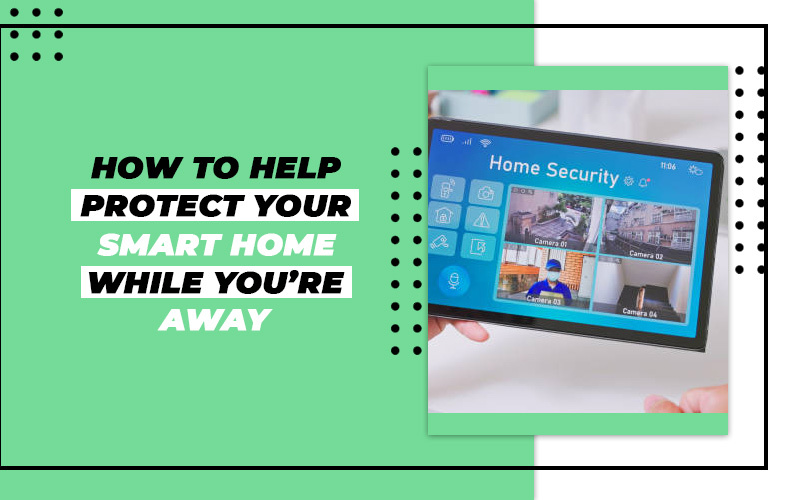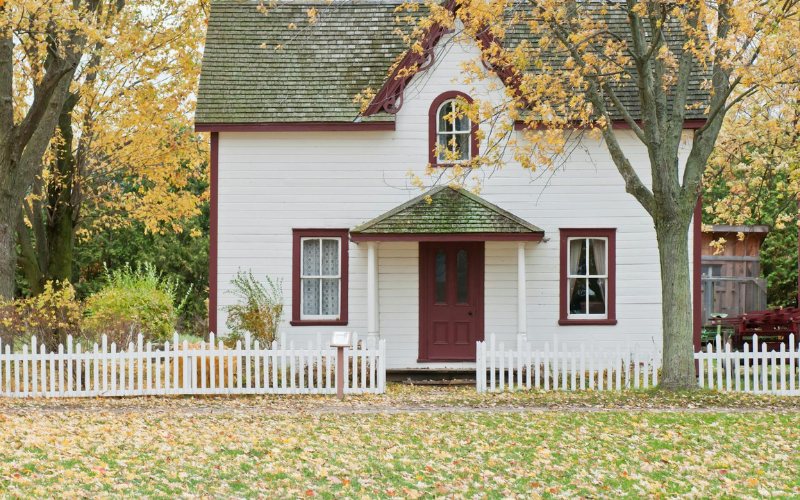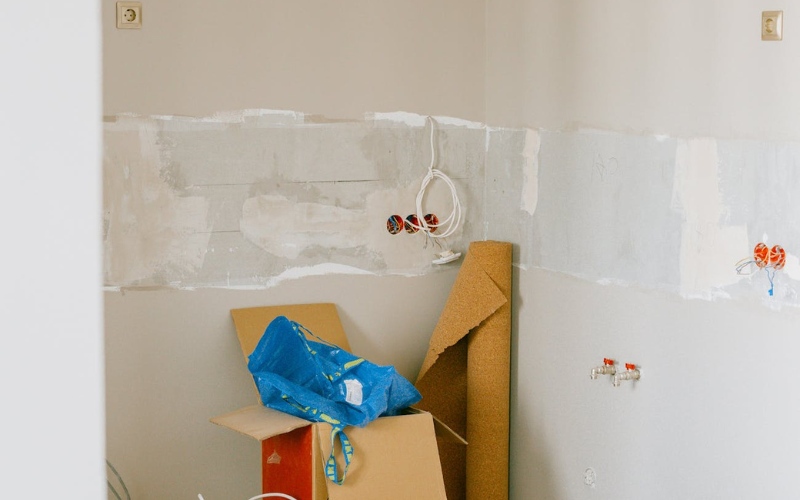Leaving on vacation comes with mixed feelings, balancing the excitement of enjoying holidays with anxiety over abandoning your house alone. Since our houses have become smart homes with programmable technology, the concern of protecting your home from cybercrime is growing. You could be one of the customers taking advantage of the ease offered by home automation, wireless security devices, and other smart home technologies. However, have you ever pondered whether or not digital homes are safe from hacking attempts?
By 2025, there will be 77.05 million smart homes enabled with modern home technologies in the United States. However, modern technology also brings with it new problems and challenges. A cybercriminal can access all the connected devices if he penetrates a person’s home network. Thus, how can households deter attackers from spying inside their houses? Let’s go through some steps you can do right away to make your smart home safer.
1. A Separate, And Secure Network For Your IoT Devices
You can set up a different network for your smart refrigerator, digital devices, or laptop that contains critical data. A guest network setup for your IoT devices is another option to think about. You can keep your PCs and cell phones apart from IoT devices by using this separate connection on your router. Therefore, if a device gets hacked, the attacker still won’t be able to access all the crucial data that is stored on your PCs.
2. Ensure That Your Smart Home Technology Is From A Reputable Brand
It costs a lot to use some specific smart home technology. You should carefully weigh your options and be aware that making a decision solely based on price may carry additional risk. Before making a smart device purchase, do some research. Examine the maker of the device to determine its reliability. Does the business have a stellar reputation for offering invulnerable items, or has it ever had data breaches? Observe the data that your IoT equipment gathers as well. What do companies do with this data, and what do they disclose to consumers or outside parties?
3. Authentication With Multi-Factors Should Be Enabled
Multi-factor verification asks users to validate a variety of information in addition to their passwords to prove their identification. If your username and password information will ever be made public due to a privacy breach, it can stop a hacker from utilizing credential-stuffing techniques to enter your system.
4. Use Intelligent Sensing To Monitor Your House For Every Presence
Another way to protect your smart home when you are away is to install the Nami App on your phone to monitor any presence in your home. The nami app makes it simple for customers to keep tabs on who enters and exits their homes. This program protects several locations at once and is jam-packed with the most detailed security measures available. The best feature is that your privacy is completely secured because there aren’t any cameras or recording equipment involved.
5. Updating Your Devices Regularly Is Essential
Lastly, the users should keep up with any software upgrades released by their device provider. For this purpose, you can check the manufacturer’s website to see if any update is available or has been announced. In addition, set your preferences to enable automatic updates so you always receive the most recent security fixes.
The Bottom Line
Ensuring that your home automation system is secure when you are away is a matter of serious concern. Even if the configured smart technologies deter attackers like those in the movie Home Alone, cybercriminals can still target your interconnected home. Be aware that each wireless connection you create makes you vulnerable to hackers. Understanding the dangers posed by your smart home appliances can help you better prepare to deal with them.
Also Read: Health information exchange in interoperability of hospitals




